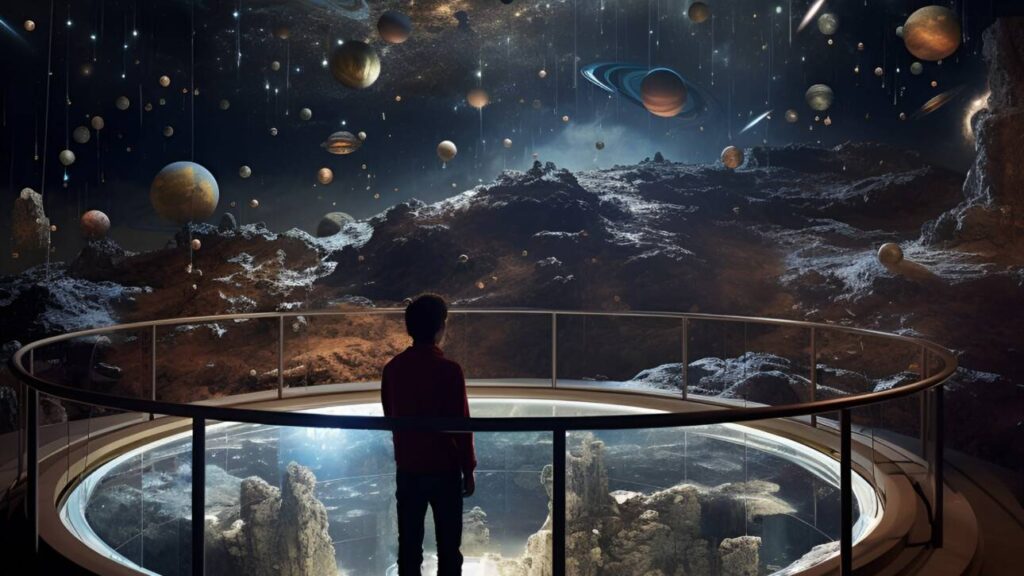A globular cluster in the Large Magellanic Cloud (LMC) is a captivating glimpse into the rich and ancient tapestry of our universe. The Large Magellanic Cloud, a satellite galaxy of the Milky Way, is a treasure trove of celestial wonders, and its globular clusters are some of the most striking. These clusters are dense, spherical collections of stars bound tightly by gravity, housing hundreds of thousands—sometimes millions—of stars. What makes them remarkable is their sheer age, with many dating back to the early stages of the universe, offering a fascinating look into cosmic history.
The LMC, located roughly 160,000 light-years away from Earth, is home to a variety of these stellar clusters. Among the most notable is NGC 1818, a young and bright globular cluster that stands out due to its relatively recent formation, estimated at around 30 million years ago—young in astronomical terms. This contrasts sharply with globular clusters found in the Milky Way, many of which are over 10 billion years old. Studying clusters like NGC 1818 in the LMC allows astronomers to observe star formation and stellar evolution in a fresh light, providing clues about the dynamics of younger star systems.
The beauty of these globular clusters lies in their tight concentration of stars, which appear like brilliant jewels packed together in a compact sphere. The stars shine with varying hues—blue for younger, hotter stars and red for older, cooler ones—creating a dazzling visual spectacle. Advanced telescopes like the Hubble Space Telescope have captured detailed images of these clusters, showcasing their intricate structure and revealing individual stars within their cores.
Exploring globular clusters in the Large Magellanic Cloud also deepens our understanding of galactic interactions. As the LMC orbits the Milky Way, its gravitational interactions influence both galaxies, triggering bursts of star formation and reshaping star systems. The globular clusters within the LMC act as markers of these interactions, holding clues about the past and future of this neighboring galaxy.
For stargazers and astronomers alike, a globular cluster in the LMC is more than just a dense group of stars—it’s a cosmic time capsule. It reminds us of the universe’s immense age and vastness, offering a profound perspective on the processes that shaped the galaxies we see today. Whether viewed through telescopes or explored through data, these clusters are a testament to the incredible beauty and complexity of the universe.



